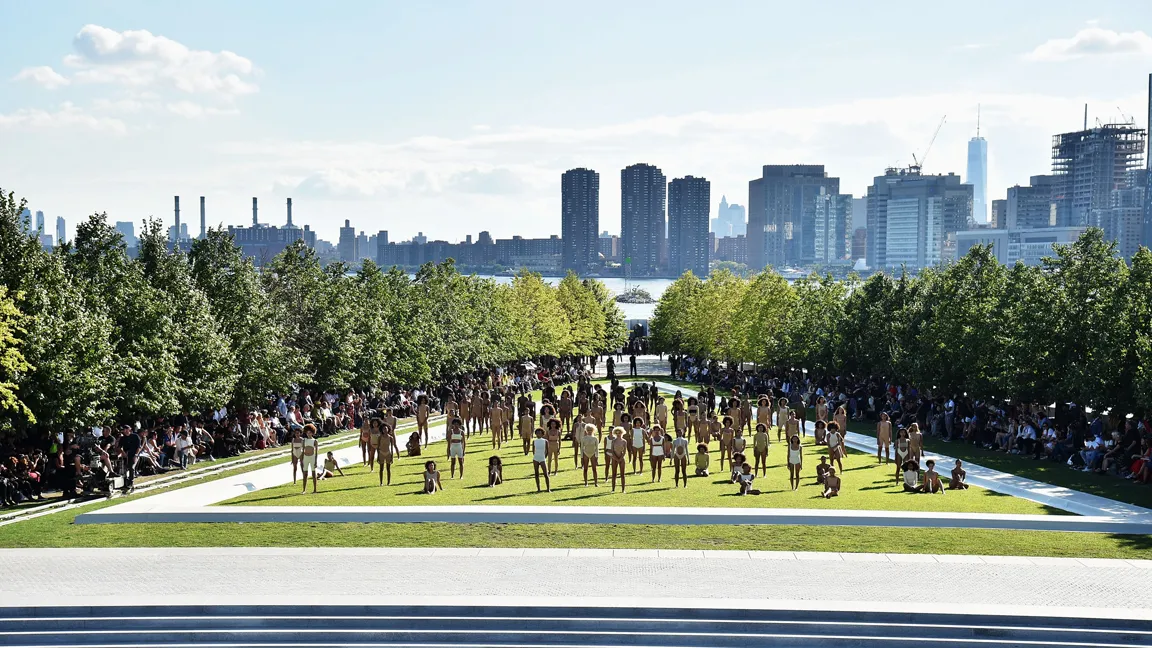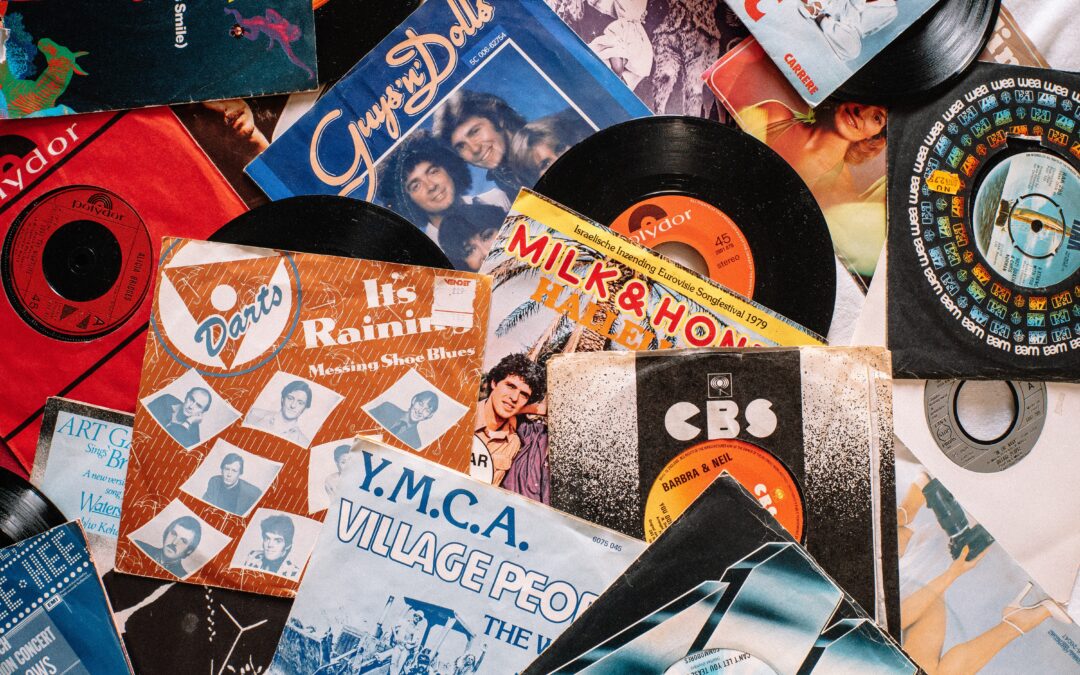Music is a universal language that transcends borders, cultures, and languages. Musicians have the unique ability to connect with people on a level that goes beyond words.
Music is a creative process that involves multiple steps, from writing lyrics to producing tracks, and ultimately performing for audiences.
Collaboration plays a crucial role in all these steps, bringing together different perspectives, experiences, and talents to create something new and unique.
In this blog post, we will explore the role of collaboration in musical creativity, looking at its benefits, challenges, and best practices for musicians. We will also draw insights from credible sources and examples from pop culture and hip-hop culture.
What is Musical Collaboration?
Collaboration in music can take many forms, from co-writing songs to producing tracks and performing live. Collaboration is the process of working with others to achieve a shared goal.
In music, collaboration allows musicians to combine their skills, experiences, and ideas to create something that they wouldn’t be able to do alone. It’s a way of expanding your creative horizons and pushing yourself to explore new possibilities.
According to a study by Northwestern University, musical collaboration is linked to increased creativity and enhanced learning. The study found that musicians who collaborated with others had higher levels of creativity and better problem-solving skills than those who worked alone.
Collaboration in music allows musicians to learn from each other, exchange ideas, and experiment with different sounds and techniques.
The Benefits of Musical Collaboration
Collaboration in music offers many benefits to musicians, such as expanding their musical perspective, bringing fresh ideas to the table, and challenging them to grow as artists.
Collaborating with others allows musicians to tap into their collective creativity, exploring new sounds, styles, and techniques that they wouldn’t have been able to achieve alone.
Collaboration can also help musicians break out of creative ruts, where they feel stuck and unable to come up with new ideas. When working with other musicians, they can bounce ideas off each other, providing feedback and constructive criticism that can lead to new insights and creative breakthroughs.
In the hip-hop culture, collaboration is essential. Many hip-hop songs are collaborative efforts, with multiple artists contributing verses and beats.
Collaboration allows hip-hop artists to bring different styles and perspectives to the table, creating a rich and diverse musical landscape.
Collaboration as a Learning Experience
Collaboration is also a valuable learning experience for musicians. When working with others, musicians can learn new techniques, explore different genres, and develop their skills as artists.
Collaborating with more experienced musicians can be particularly valuable for younger artists, who can learn from their mentors and gain insights into the music industry.
In the pop-culture scene, many famous musicians credit collaboration as a critical factor in their success. For example, Elton John and Bernie Taupin have collaborated on over 30 albums, with Taupin providing the lyrics and John composing the music.
The duo has sold over 300 million records worldwide, demonstrating the power of collaboration in music.
Collaborating with Other Musicians
Collaborating with other musicians can be both rewarding and challenging. It’s essential to find the right collaborators, people who share your vision and are willing to put in the time and effort to create something unique.
Communication is also critical when collaborating with other musicians. It’s important to be clear about your goals, expectations, and creative vision, ensuring that everyone is on the same page.
Hip-hop culture has many examples of successful collaborations between artists. For example, Kanye West’s album ‘My Beautiful Dark Twisted Fantasy’ featured collaborations with artists such as Jay-Z, Kid Cudi, and Nicki Minaj.
The album received critical acclaim and was named one of the best albums of the decade by numerous publications.
The album’s success demonstrates how collaboration can bring out the best in artists, even when working with others who have very different styles and backgrounds.
Collaborating with Non-Musicians
Collaborating with non-musicians can also be an enriching experience for musicians. By working with individuals who may not have a background in music, musicians can gain new perspectives and approaches to creating music.
Here are some examples of successful collaborations between musicians and non-musicians:
- Björk and Michel Gondry: Icelandic singer Björk collaborated with French filmmaker Michel Gondry for her music video “Bachelorette.” The video features stunning visual effects and a unique narrative structure that complements the song’s experimental sound.
- Kanye West and Vanessa Beecroft: American rapper Kanye West has collaborated with performance artist Vanessa Beecroft on numerous occasions. Beecroft’s visual artistry has added a unique dimension to West’s live performances and music videos.
- David Bowie and Brian Eno: English musician David Bowie collaborated with producer and visual artist Brian Eno on several albums, including “Low” and “Heroes.” Eno’s experimental approach to music production and sound design helped Bowie create some of his most iconic works.
When collaborating with non-musicians, it’s important to communicate clearly and set expectations from the outset.

Kanye and Venessa Beecroft’s collaboration on Yeezy Season 4
Non-musicians may not have the same technical knowledge or vocabulary as musicians, so it’s essential to find common ground and establish a shared language for collaboration.
By doing so, musicians can work with non-musicians to create innovative and thought-provoking works that challenge traditional ideas of what music can be.
All in all, collaborating with non-musicians can be a valuable experience for musicians. It allows them to explore new ideas and approaches to creating music and can lead to unique and groundbreaking works.
By establishing clear communication and finding common ground, musicians can work with non-musicians to create something truly extraordinary.
Check out: How to Develop a Strong Musical Identity
Collaborating in a Virtual Environment
In today’s digital age, collaboration can happen even when collaborators are in different parts of the world. With the advent of technology and the internet, musicians can collaborate on projects without ever meeting in person.
Here are some tools and platforms that musicians can use to collaborate in a virtual environment:
- Online collaboration tools: Platforms like Splice, Ohm Studio, and BandLab allow musicians to collaborate on music projects in real time. These tools provide a shared workspace where collaborators can work on different aspects of the project simultaneously, regardless of their location.
- Cloud-based storage: Cloud-based storage platforms like Dropbox, Google Drive, and OneDrive make it easy to share files and collaborate on music projects from anywhere in the world. Collaborators can upload and download files, provide feedback, and work on different aspects of the project without being in the same room.
- Video conferencing: Video conferencing platforms like Zoom, Skype, and Google Meet allow collaborators to communicate and collaborate in real time, regardless of their location. This can be especially helpful for discussing project details, providing feedback, and making decisions about the direction of the project.
While virtual collaboration can be convenient, it can also present challenges. The lack of face-to-face communication can make it harder to build trust and establish a shared vision for the project.
It’s important to establish clear communication channels and expectations from the outset to ensure that everyone is on the same page.
Additionally, virtual collaboration requires a reliable internet connection and access to the necessary software and hardware, which can be a barrier for some musicians.
Ultimately, virtual collaboration is a powerful tool for musicians. It allows them to work with collaborators from anywhere in the world and can lead to unique and innovative works.
However, virtual collaboration requires clear communication and a shared understanding of the project’s vision and goals.
By using the right tools and platforms and establishing clear expectations, musicians can collaborate virtually and create music that transcends geographical boundaries.
Best Practices for Collaboration
Collaborating with other musicians requires a certain level of organization and professionalism.
Here are some best practices to follow when collaborating:
- Define roles: It’s essential to define the roles and responsibilities of each collaborator before starting the project. This will prevent confusion and ensure that everyone is on the same page.
- Establish clear communication: Regular communication is crucial when collaborating with others. This can include regular check-ins, updates, and feedback sessions.
- Be open-minded: Collaboration is about exploring new ideas and perspectives. Be open to new sounds, styles, and techniques, and don’t be afraid to take risks.
- Set deadlines: Deadlines are critical when collaborating with others. This will help ensure that everyone is working towards the same goal and that the project is completed on time.
- Respect each other’s creative vision: Collaborating with others means respecting their creative vision and ideas. Be open to feedback and constructive criticism, but also be willing to stand up for your own ideas.
Conclusion
Collaboration is a critical component of musical creativity. It allows musicians to expand their creative horizons, learn from others, and create something unique and memorable.
While collaboration can be challenging at times, it’s important to approach it with an open mind and a willingness to learn from others.
By following best practices and communicating effectively, musicians can collaborate successfully and create music that connects with audiences around the world.
Ultimately, the power of collaboration in musical creativity cannot be underestimated. It allows musicians to create something greater than the sum of its parts, bringing together different perspectives, experiences, and talents to create something new and unique.
With the right mindset and approach, collaboration can be a valuable learning experience and a source of creative inspiration. Whether in pop culture or hip-hop culture, collaboration has played a vital role in the success of some of the most iconic artists of our time.






